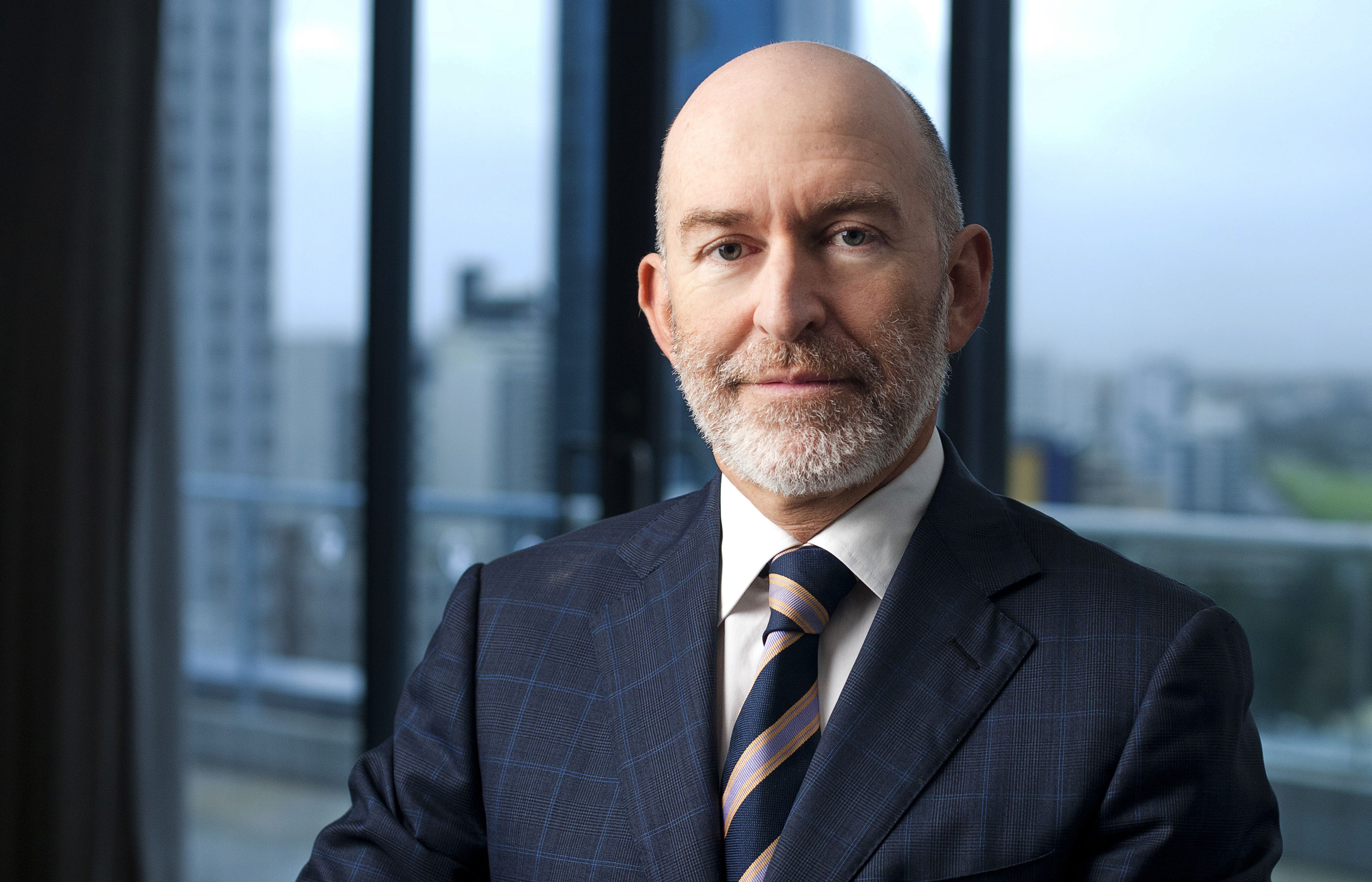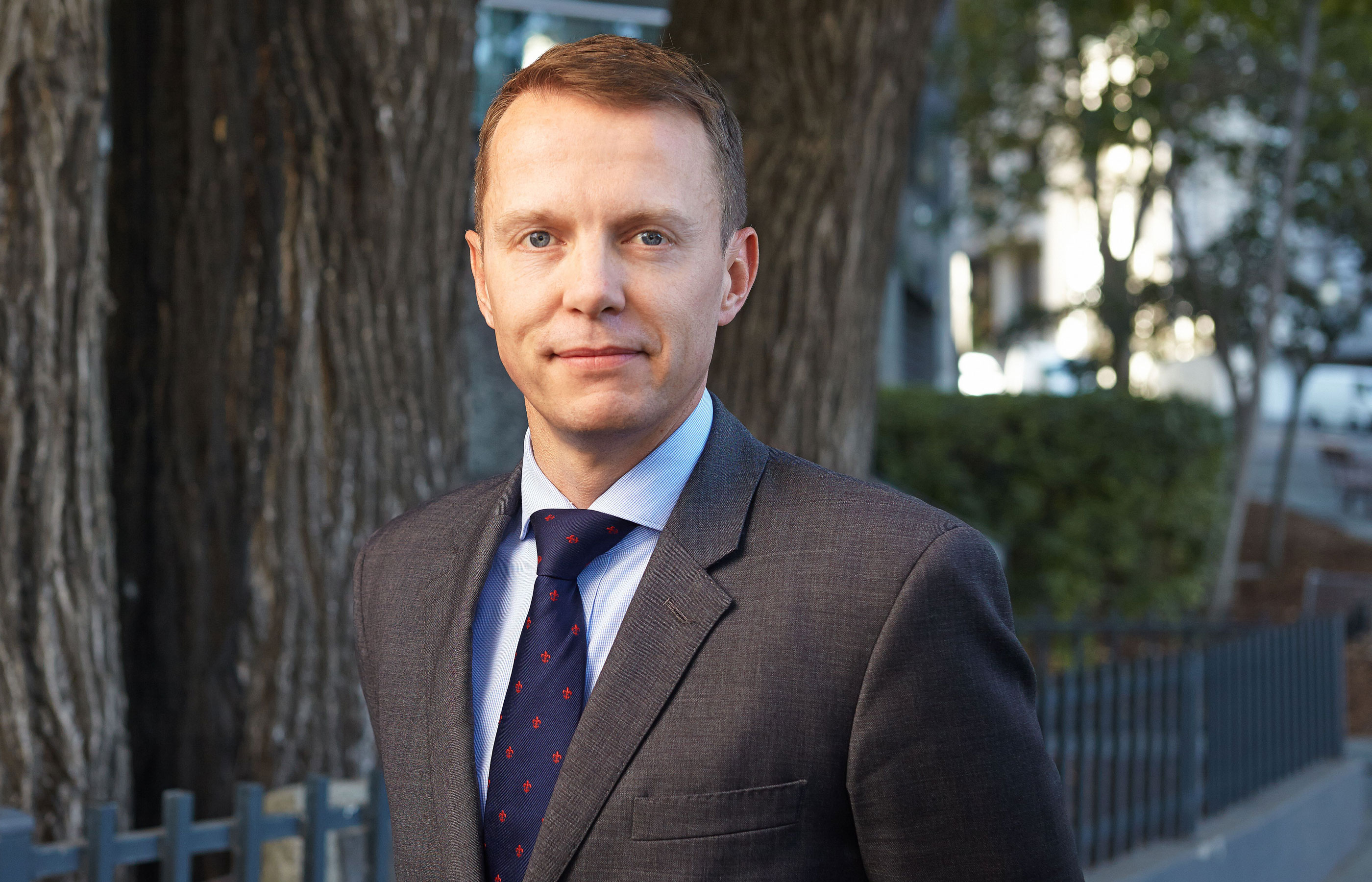The Minister for Planning has unveiled for public comment a suite of plans designed to shape development of the Perth and Peel regions for the next 35 years.
“Perth and Peel @ 3.5 million” identifies housing, employment and transport locations for the extra 1.5 million people expected to live in the Perth and Peel region by 2050.
Four sub-regional frameworks have been released, addressing the North-West, North-East, Central and South Metropolitan Peel sub-regions. These documents aim to ensure that there will be sufficient suitable land for future housing and for employment targets to meet the expected population growth.
After consultation, these frameworks will be developed as structure plans and used by state government agencies and local government to guide residential, industrial and infrastructure development and environmental protection.
The frameworks adhere to the principles set out in Directions 2031 and beyond and focus on limiting urban sprawl, with nearly half of the 800,000 new homes needed to be developed through appropriate density and infill and the co-location of jobs and homes close to public transport and amenities. Of these 800,000 new homes, 380,000 dwellings are planned to be developed in strategic infill locations to meet the Directions 2031 and beyond infill targets.
The sub-regional frameworks documents aims to advance the principles of Directions 2031 and beyond based on a “Connected City” model which is characterised by a greater balance between greenfield and urban infill development, greater connectivity for revitalized activity centres as alternative places to live and work and promoting higher residential densities in identified areas.
These urban consolidation areas were determined in conjunction with the ongoing Strategic Assessment for the Perth/Peel regions to ensure protection of areas of significant regional environmental values. The sub-regional frameworks will accordingly aim to protect areas with regional environmental and landscape values and for connectivity of the “green” network of parks, regional open space, wetlands and other protected areas.
The future envisaged for each sub-region
Central:
- a population increase of 400,000 people to a total 1.2 million;
- more than 11,000 hectares of land to be conserved for green open space;
- the area projected to need approximately 780,000 jobs, up from 546,121 (2011); and
- 215,000 new homes as infill housing, most provided through urban consolidation around activity centres, transport corridors and station precincts.
North-West:
- doubling of the population of Wanneroo and Joondalup to more than 740,000 by 2050, with a stronger rate of growth in Wanneroo;
- 168,793 new homes provided through infill development at activity centres such as Joondalup, transport corridors and station precincts, greater residential density and mixed-use development in existing suburbs and significant numbers of new homes in Yanchep and Alkimos;
- more than 55 per cent of the land in the sub-region reserved for parks and recreation or State forest;
- urban expansion and investigation of East Wanneroo and South Pinjar;
- development of employment-generating land in Nowergup, North and South Pinjar, Carabooda, Neerabup and Wangara;
- upgrade of roads in Yanchep Two Rocks and East Wanneroo; and
- potential extension of the northern suburbs passenger railway from Butler to Yanchep and investigation of a second rail option from Clarkson to the central business district.
North-East:
- doubling of the region’s current population to 450,500, more than 60 per cent of which will live in the City of Swan;
- 102,554 new homes;
- most development in Caversham, Brabham, Dayton, Ellenbrook, Gidgegannup, Stoneville and Parkerville, with smaller development areas in Bullsbrook, Midvale, Forrestfield, Stratton, and Hazelmere;
- urban expansion in Kalamunda, Kiara, Wattle Grove, South Guildford and Henley Brook, and an urban investigation area at Lexia;
- 40 per cent of the land in the sub-region reserved for parks and recreation or state forest;
- key employment areas including Midland, Ellenbrook, Malaga, Forrestfield, Hazelmere, the Swan Valley and Bullsbrook; and
- potential for five new primary road routes, including the Perth-Darwin National Highway, Perth-Adelaide National Highway and the East Wanneroo Bypass.
South Metropolitan Peel:
- more than doubling of the region’s population to 1.26 million;
- substantial development in the major activity centres of Mandurah, Rockingham, Armadale, Baldivis-Karnup and Ravenswood-West Pinjarra;
- 302,177 new homes, nearly half of which to be provided through infill at activity centres, transport corridors and station precincts;
- urban expansion and investigation areas including Banjup, Orange Grove, West Martin, Champion Lakes, Forrestdale, Cardup and Mundijong;
- development at Wandi, Karnup, near Mandurah and Pinjarra, Armadale, Byford and Mundijong;
- jobs created by the opening up of land around the Kwinana industrial area, Australian Marine Complex and Latitude 32, and other employment-creating development in the Nambeelup industrial area, Cockburn Central, Maddington Town Centre, Karnup and Ravenswood;
- more than 51 per cent of the land in the sub-region reserved for parks and recreation or state forest; and
- possible extension of the Tonkin Highway southward to connect with the Forrest Highway south-west of Pinjarra and investigation of a strategic link to alleviate traffic volumes on the Kwinana Freeway.
Lavan Legal comment
The strategic sub-regional plans will be of great interest to the development industry. The plans give more detail as to the areas that have been identified for future development (or for investigation) and also indicates for most of the sub-regions the staging and likely timeframes for future redevelopment.
The Government’s strong focus on high density residential development, particularly around transport nodes, and the co-location of employment with housing and other amenities, is intended to maximize the utilization of land and efficient use of public resources for infrastructure development.
This offers opportunities for the development industry to plan ahead for future growth areas in Perth. Landowners, developers and other stakeholders should consider the potential impacts of the sub-regional plans and whether to make submissions to the Department of Planning on the sub-regional plans.
If you wish to discuss the implications of the sub-regional plans, or would like help to draft a submission, please call Craig Wallace on 92886828 or Brian McMurdo on 92886893.
Submissions on the “Perth and Peel @ 3.5 million” plans close on Friday, 31 July 2015.
Disclaimer – the information contained in this publication does not constitute legal advice and should not be relied upon as such. You should seek legal advice in relation to any particular matter you may have before relying or acting on this information. The Lavan team are here to assist.

